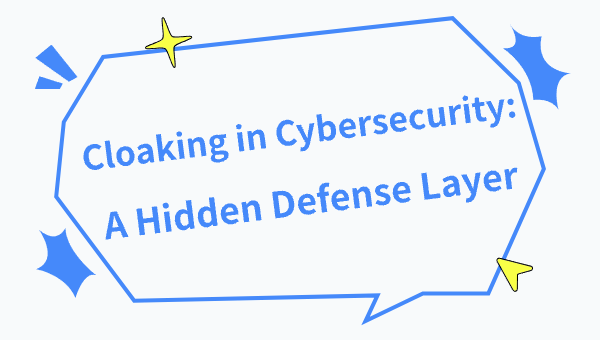Cloaking in Cybersecurity: A Hidden Defense Layer
Introduction: The Overlooked Role of Cloaking in Cybersecurity
In today’s ever-evolving cybersecurity landscape, threat actors and malicious bots are becoming increasingly sophisticated. Organizations must continuously adapt to protect their infrastructure, data, and online assets. One lesser-known yet powerful tool in this defense arsenal is cloaking. Though typically associated with affiliate marketing or ad evasion, cloaking is now emerging as a tactical layer within cybersecurity protocols. This article explores how cloaking technologies are being integrated into cybersecurity strategies to detect, divert, and neutralize digital threats—while simultaneously ensuring performance and privacy.
What Is Cybersecurity Cloaking?
Cybersecurity cloaking involves serving different versions of web content based on the visitor’s identity or behavior. While traditionally this technique has been used to bypass ad reviews or optimize user targeting, in the context of cybersecurity, it becomes a tool for misdirecting malicious users and safeguarding critical infrastructure.
Unlike deception techniques like honeypots, cloaking proactively prevents bots and scrapers from discovering sensitive resources in the first place. The system identifies the nature of each visitor—whether it’s a human user, a bot, or a security crawler—and determines whether to show the real website or a decoy.
How Cloaking Works for Cyber Defense
The mechanics of cloaking in cybersecurity mirror its application in advertising, but with added precision and security layers:
IP Intelligence: By analyzing IP ranges associated with data centers, cloud platforms, or known botnets, cloaking engines block or serve alternative content to suspicious IPs.
Device Fingerprinting: Cloaking systems log device-specific traits like screen resolution, browser plugins, and OS types to detect spoofing or automation patterns.
Behavioral Analysis: Fast mouse movements, zero scrolling, or unusual click sequences often indicate a bot rather than a human.
Custom Redirects: Malicious users can be sent to fake landing pages, dummy content, or even locked out entirely based on cloaking rules.
Practical Applications in Cybersecurity
Cloaking is becoming vital in several high-risk sectors:
Financial Institutions: Prevent scrapers from accessing login pages or automated systems attempting brute-force attacks.
E-commerce: Hide pricing APIs and cart mechanisms from competitor bots or scraper engines.
Media & SaaS: Detect unauthorized logins or automate attempts to exploit pricing models or free tiers.
Digital Marketing: Secure landing pages and prevent affiliate theft or click fraud from bots.
Advantages Over Traditional Defenses
Why use cloaking when firewalls and WAFs already exist?
Stealth Defense: Bots don’t know what they’re missing; cloaking masks rather than blocks.
Lower False Positives: While IP blocking can catch legitimate users by mistake, cloaking simply gives them a safe, neutral version of the site.
No Interruption: Real users experience no change in navigation or speed, ensuring seamless UX.
Risks and Ethical Considerations
Like any technology, cloaking must be used responsibly:
Platform Compliance: Improper cloaking may violate terms of service with ad platforms or partners.
Transparency: Cloaking should not be used to mislead genuine users but rather to filter threats and bots.
Maintenance Overhead: Keeping device fingerprints and IP databases up-to-date requires ongoing effort.
Best Practices for Secure Cloaking
Regularly update threat intelligence data sources.
Integrate with behavioral analysis engines and CAPTCHA systems.
Ensure only bots are served alternate content—never legitimate users.
Use specialized cloaking tools such as those provided by adcloaking.com for enterprise-grade control and reporting.
Conclusion
As bots and malicious actors continue to evolve, so must our defense strategies. Cybersecurity cloaking offers a stealthy, smart, and scalable way to filter out bad traffic without compromising user experience or performance. Whether you’re an affiliate marketer, a SaaS provider, or a digital platform owner, adding cloaking to your cybersecurity toolkit is a strategic step forward.
To explore advanced cloaking systems built specifically for digital protection and marketing, visit adcloaking.com and deploy a professional-grade cloaking defense today.

